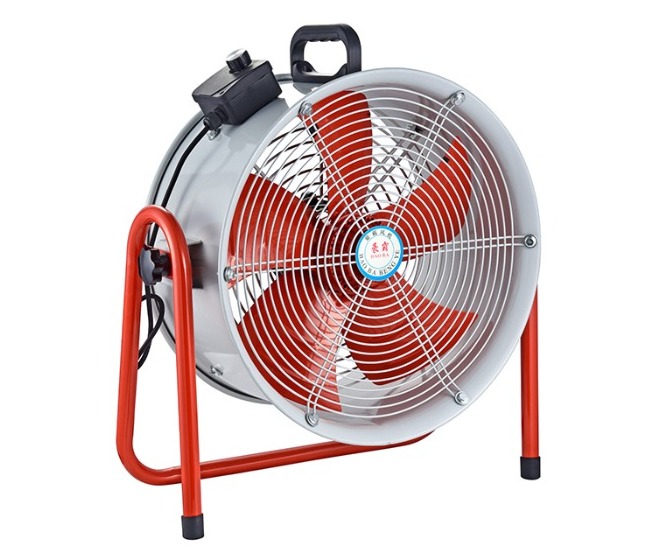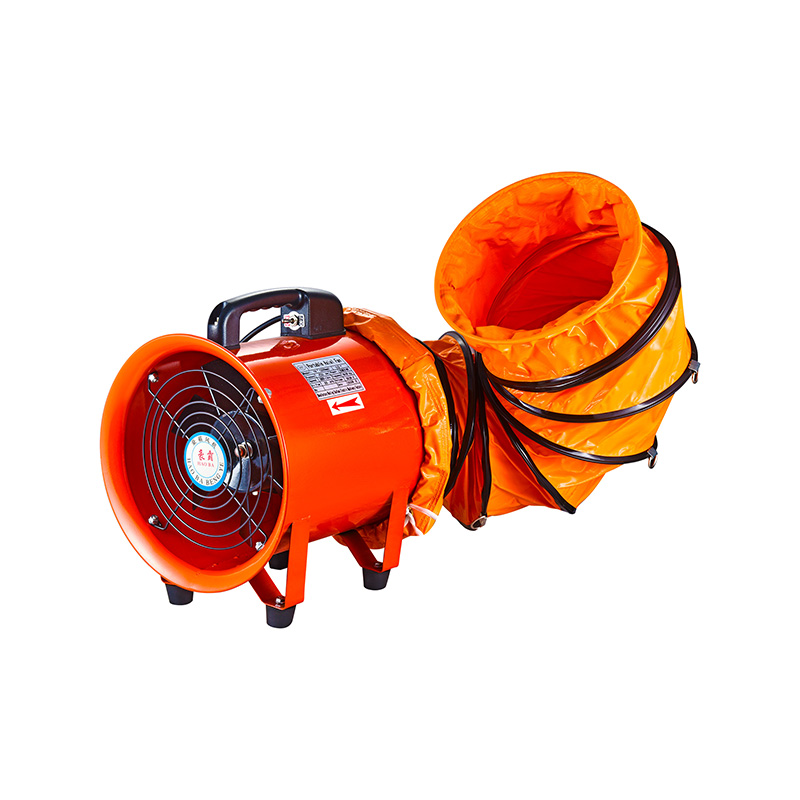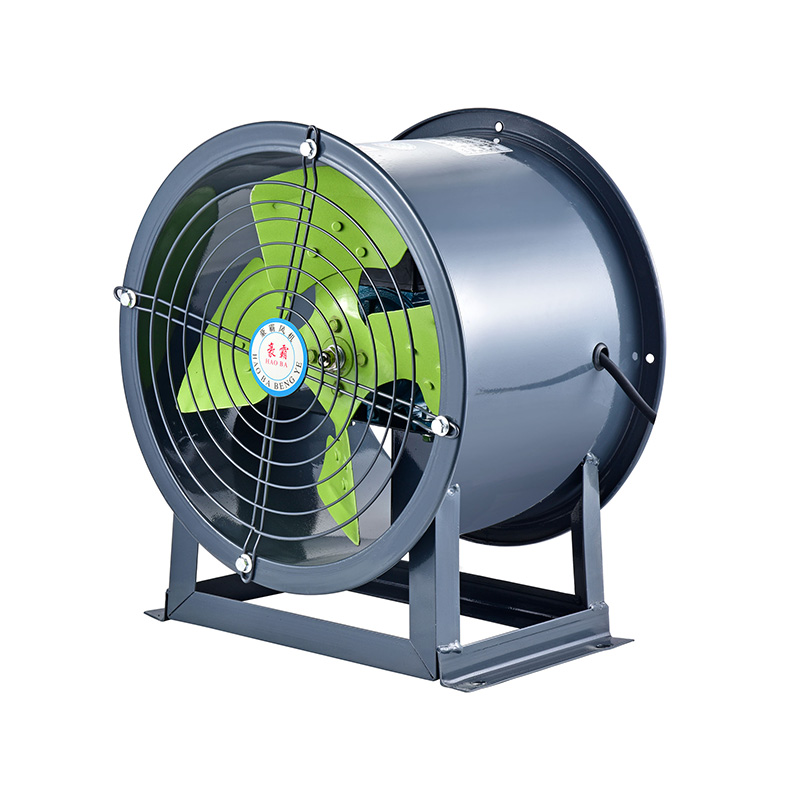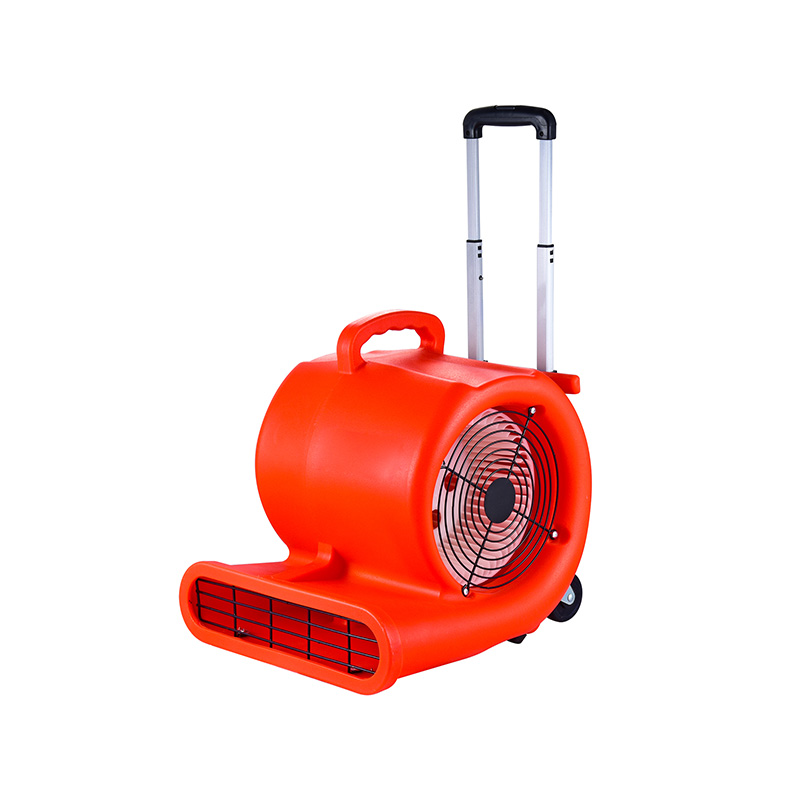Axial Flow Exhaust Fan Demand Rising in Industrial Ventilation
2025-08-08
An experienced axial flow fan manufacturer is witnessing growing interest as industrial facilities expand their ventilation needs. Meanwhile, the Axial Flow Exhaust Fan remains a core component for safe and efficient air handling in factories, warehouses, and power plants.
1. Why Industrial Ventilation Demand Is Climbing
Safety Regulations & Worker Health
Industrial settings now face stricter rules around indoor air quality, dust control, and heat management. Exhaust systems need reliable axial fans to remove contaminants and maintain safe work environments.
Energy Efficiency Mandates
Globally, companies strive to meet energy reduction targets. Axial flow exhaust fans, when paired with EC motors and smart controls, can reduce energy spending significantly.
Rapid Industrial Expansion
Manufacturing hubs, mines, data centers and logistics facilities are growing fast—in turn increasing the need for high‑capacity ventilation solutions.

2. Emerging Trends Driving Demand
Smart Controls & Remote Monitoring
Manufacturers now equip fans with IoT-enabled controls. This allows real‑time monitoring of airflow, temperature, and vibration. Automated adjustments improve performance and reduce downtime.
EC and External Rotor Motor Integration
Adoption of EC (electronically commutated) motors improves control and lowers power usage. In many cases external rotor designs allow compact axial configurations with strong airflow even under backpressure.
Advanced Blade and Diffuser Designs
Innovations like integrated diffuser rings reduce tip leakage and noise while increasing pressure stability. These innovations help axial flow exhaust fans operate efficiently in high-resistance ducts.
Expansion into Specialized Applications
Applications such as underground mine ventilation now utilize heavy-duty axial fans capable of keeping airflow across long duct runs over 1,500 m and clearing gases quickly for safer re-entry.
3. Benefits of Modern Axial Flow Exhaust Fan Systems
Lower Operating Costs
Energy-efficient motors and control systems reduce electrical consumption. Manufacturers save on utility bills while meeting energy regulation targets.
Quiet, Reliable Operation
Optimized blade profiles and diffuser features reduce noise. That makes these fans suitable for industrial sites located near occupied areas.
Broad Range of Pressures and Capacities
Modern axial fans deliver airflow up to 12,000 m³/h and pressure up to around 450 Pa. This flexibility makes them suitable for HVAC, refrigeration, exhaust, and industrial applications.
Scalable Deployment
Modular design allows fans to serve small workshops or large data-center halls by adding multiple units or varying sizes.
4. How an Axial Flow Fan Manufacturer Handles Rising Demand
Step 1: Market Assessment & Custom Design
Manufacturers gauge airflow requirements, site conditions, duct length and backpressure. This ensures the right Axial Flow Exhaust Fan model is selected.
Step 2: CAD-Aided Simulation and Prototyping
Blade geometry, diffuser integration and motor pairing are modelled using CAD before physical prototypes are tested.
Step 3: Pilot Testing in Industrial Environments
Real-world trials under load—including dusty, high-temperature, or corrosive conditions—allow performance fine-tuning.
Step 4: Full Production with Quality Controls
Modern assembly lines deliver consistent output and tight QA—ensuring fans meet expected airflow and pressure ratings.
5. Implications for You & Your Projects
If your business sources industrial ventilation systems or specifies fans for new installations, you benefit by:
Ensuring compliance with health, safety, and energy codes
Accessing modular, scalable axial flow exhaust fan options
Reducing operational costs through energy‑efficient motors and controls
Enhancing reliability in demanding environments
At Haoba Electromechanical, our technical team, CAD systems, and production facilities are aligned to meet these evolving needs. Feel free to reach out with project parameters or consultation requests.

 English
English русский
русский عربى
عربى









